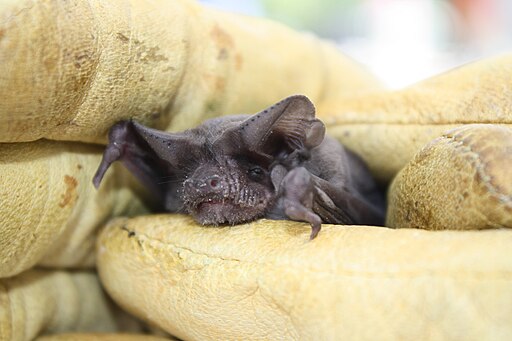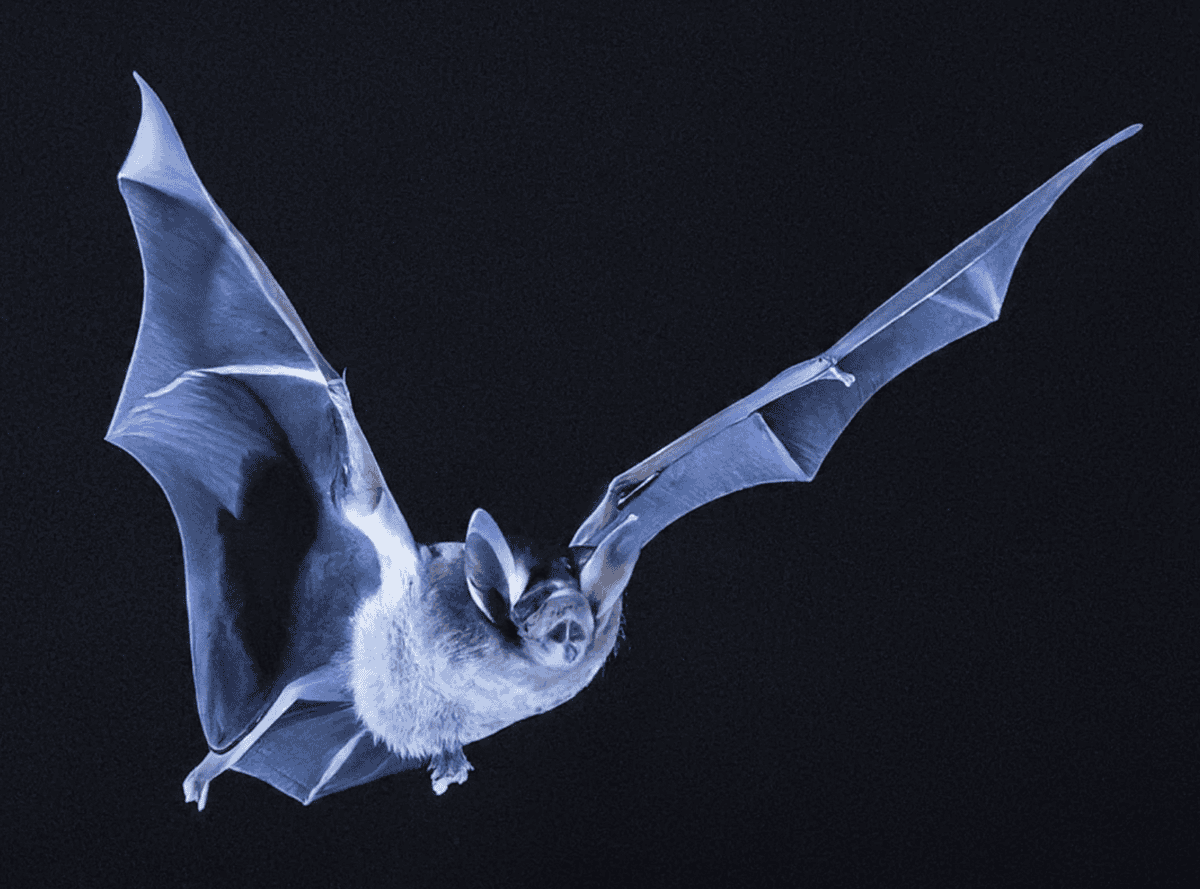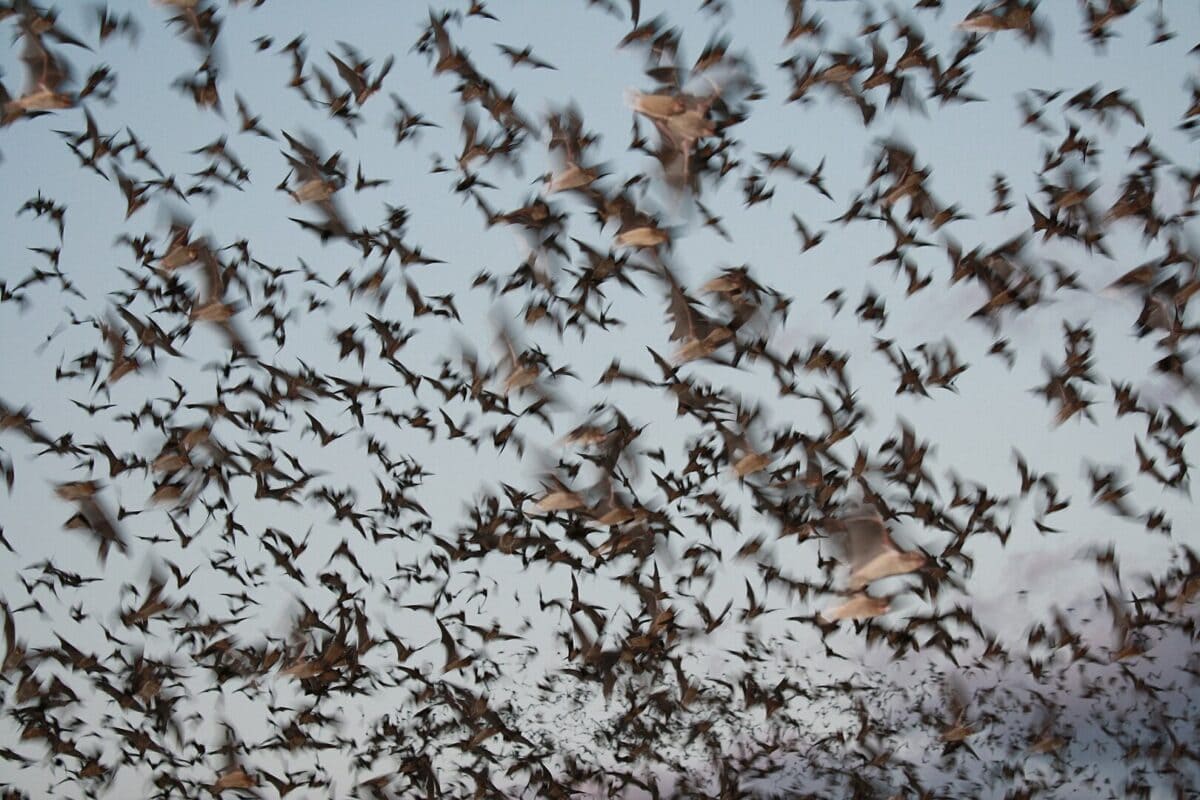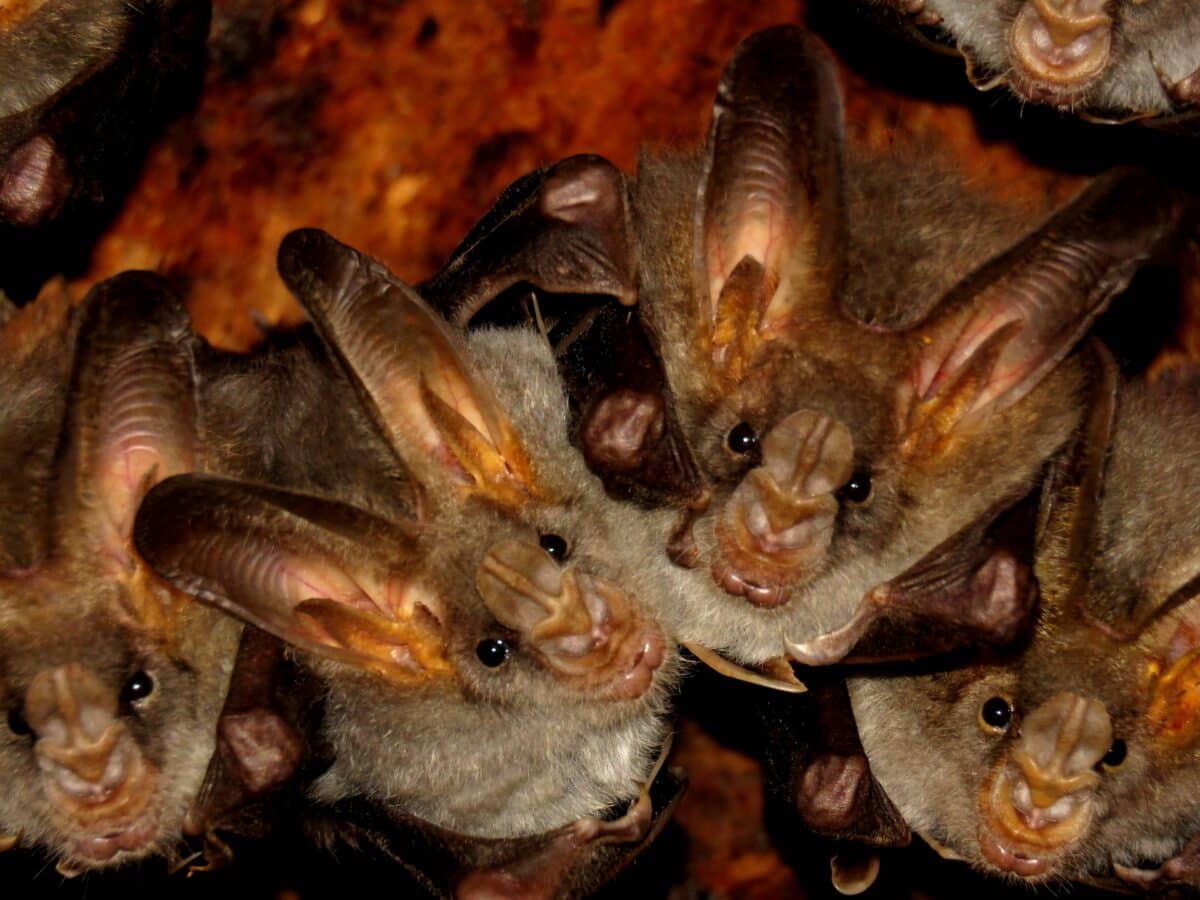The Brazilian free-tailed bat, known scientifically as Tadarida brasiliensis, is a marvel of nature. Renowned for its incredible speed, this bat is a fascinating subject for researchers and wildlife enthusiasts alike. Its remarkable aerial abilities have secured it a place in the record books, with speeds that rival even the swiftest of birds. But how does this small mammal achieve such astonishing velocity? This article dives into the anatomy, adaptations, and behaviors that allow the Brazilian free-tailed bat to reach incredible speeds, making it a standout species in the animal kingdom.
Anatomy of Speed

The Brazilian free-tailed bat’s physical structure plays a crucial role in its speed capabilities. One of the key features is its long, narrow wings, designed for rapid and sustained flight. Unlike other bats with broader wings adapted for maneuverability, this bat’s wings are optimized for speed and endurance. Their aerodynamic shape reduces air resistance, allowing them to slice through the sky with minimal drag.
Another significant anatomical feature is the bat’s robust musculature, particularly in its wings and shoulders. The powerful flight muscles, particularly the pectoralis, are highly developed, providing the necessary lift and throttle. This allows the bat to accelerate quickly and maintain high speeds over long distances.
The Mechanics of Flight

To understand the Brazilian free-tailed bat’s speed, it’s essential to consider the mechanics of its flight. These bats employ a unique flight style that combines rapid wing beats with gliding. This technique enables them to conserve energy while maintaining high speeds, akin to how some birds use flap-gliding to optimize their flight efficiency.
The frequency of the bat’s wing beats is another critical factor. The Brazilian free-tailed bat beats its wings at a rapid pace, allowing for quick acceleration. This high beat frequency, combined with its body’s lightweight structure, enhances its ability to reach such impressive speeds and sustain them over extended periods.
Adaptations for High-Speed Aerial Hunts

Speed is not only a means of travel for the Brazilian free-tailed bat, but also a critical component of its hunting strategy. These bats primarily feed on insects, many of which are capable flyers themselves. To catch their prey, Brazilian free-tailed bats must be fast and agile.
Their echolocation abilities are finely tuned for high-speed chases. With rapid call rates, they can detect and track fast-moving insects in real-time, allowing for precise aerial maneuvers. This remarkable sensory adaptation ensures they can capture their prey efficiently, even at high speeds.
Environmental and Behavioral Considerations

While anatomy and mechanics contribute significantly to the Brazilian free-tailed bat’s speed, environmental and behavioral factors also play essential roles. These bats often form large colonies, which leads to competitive foraging environments. The ability to fly fast is advantageous for accessing abundant food resources more efficiently than their peers.
Additionally, their migratory behavior influences their speed. Brazilian free-tailed bats are known for long-distance migrations, sometimes spanning thousands of miles. This nomadic lifestyle demands high-speed flight to cover vast distances quickly and efficiently, embodying the concept that necessity is the mother of adaptation.
Concluding Thoughts

The Brazilian free-tailed bat’s incredible speed is a testament to the wonders of natural evolution. Through a combination of unique anatomical features, efficient flight mechanics, and adaptive behaviors, these bats have secured their status as one of the fastest mammals on Earth. Their mastery of the skies inspires not only awe but also a deeper appreciation for the intricate and fascinating adaptations that allow these creatures to thrive. As we continue to study and learn from the Brazilian free-tailed bat, it serves as a reminder of the extraordinary capabilities of wildlife and the endless possibilities that nature holds.
- Do Sharks Really Have to Keep Swimming to Stay Alive? The Truth Revealed - August 19, 2025
- New York’s Peregrine Falcons – The Fastest Birds in the World - August 19, 2025
- Why This Lightning Strike Broke All Records in US History - August 19, 2025

